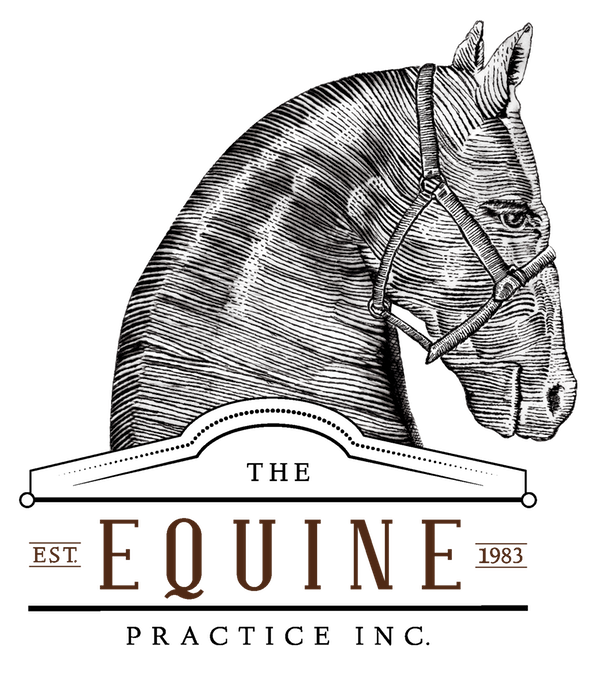“This horse is a killer!”
I was in the next stall working on the teeth of a big bay Warmblood gelding when I heard these words spill into my quiet concentration. The connection I had made of earned trust and respect with my horse remained even though the hot summer’s thick air had been shattered. We both turned our attention to the man next door. I turned the gelding loose and went outside the stall to investigate.
This man was my new employee. He had considerable experience for dentistry in horses. Due to my recent injury, I had decided to bring on 2 people to help me while I recuperated from surgery. From the start I knew he wasn’t a horseman. From what I saw today, he would never be.
The way we perform dentistry in horses requires that we have really good horsemanship skills. This is something I was taught in 1983 before sedatives and power floating equipment was available. We relied on our ability to open the mouth and insert our hands to feel with our fingers every tooth. To do this we had to overcome our fear of having our fingers bit clean off. Standing in front of the horse also had the risk of being struck in the head.
What a lot of people forget is that the horse also has to overcome his or her own fears of the human sticking their hands to the back of their mouth (or anything else you are doing to the horse). Today, my employee’s fear of the horse was reflected by this Quarter Horse as the gelding displayed his fear of the human working on his teeth.
I stepped onto the shed row to find my employee spitting out his words again. Eyes bugged out and eyebrows popped up, the look of fear made his 6 foot 2 inch, 240 pound frame small. His feet shifted and his arms moved wildly as the saliva from his mouth shined in the light. He repeated to me for emphasis, “This horse is a killer!”
I looked into the stall and then back to him and asked, “Who, this horse?”
The horse’s eyes and mine locked. There was an immediate release of his fear as I walked in and finished floating his teeth without a foot moving. His eyes softened and his head lowered. There was no more fear. As I left the stall my employee said, “Well it’s obvious you’re a better horseman than I am.”
A New Project For Me
At this point I had worked with thousands of different horses for 32 years. I had accumulated millions of points of references on how to work with horses but also at this point, I couldn’t articulate them. I had written my book called “The Ten Irrefutable Laws Of Horsemanship” which is a boiled down foundation. But the moment by moment connection with horses was not yet in my grasp.
In the book “Mastery” by Stephen Greene, the author describes 3 phases we go through in anything we learn. The first is the apprentice phase where someone learns a skill or trade. This is where we learn from a book and then we learn from watching others. The second is the Adaptive phase where we adapt what we have learned into something that becomes our own. The final phase is mastery where we no longer think when we work. It comes automatically.
In the book “Outliers” by Malcom Gladwell the author suggests that we need to perform a task over 10,000 times before we become an outlier in our field. I think another word for an outlier is a master. I would add that working with 10,000 different horses is better than working with 1 horse 10,000 times. While 10,000 seems like a long time I can tell you, it gets better each time.
With this blog I am starting a new series to decomplexicate horsemanship. There are so many parts and all need to be working smoothly. None of it will matter if you are afraid of the horse. The horse will always reflect that back to you. Your horse is your mirror.
Eliminate your fear and watch what happens with your horse. It’s magic.

